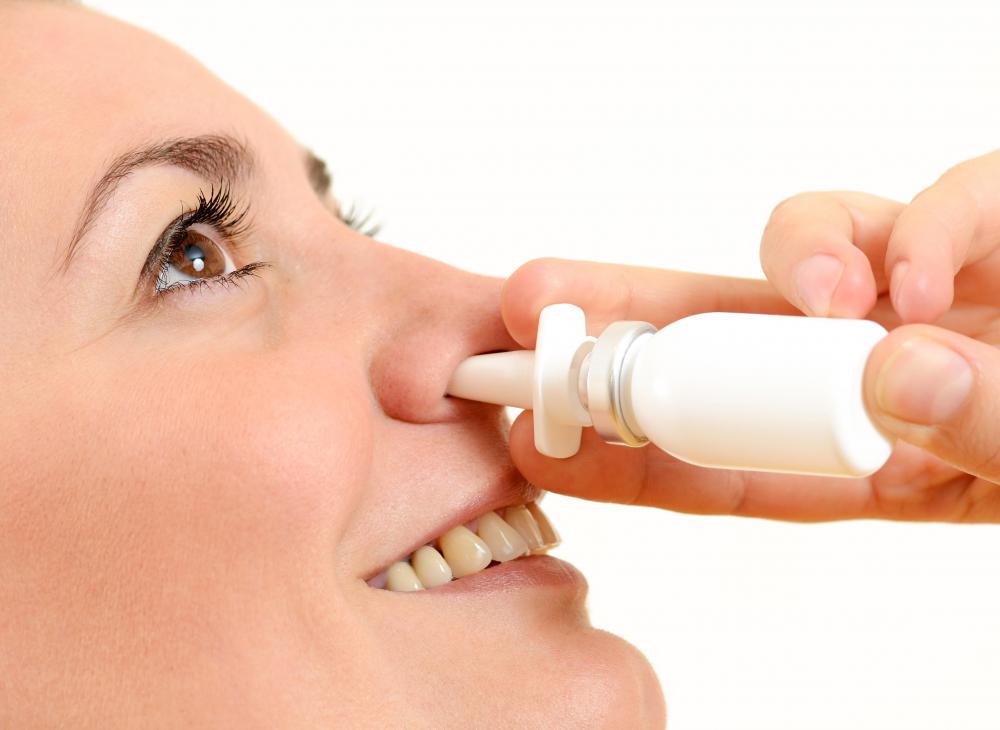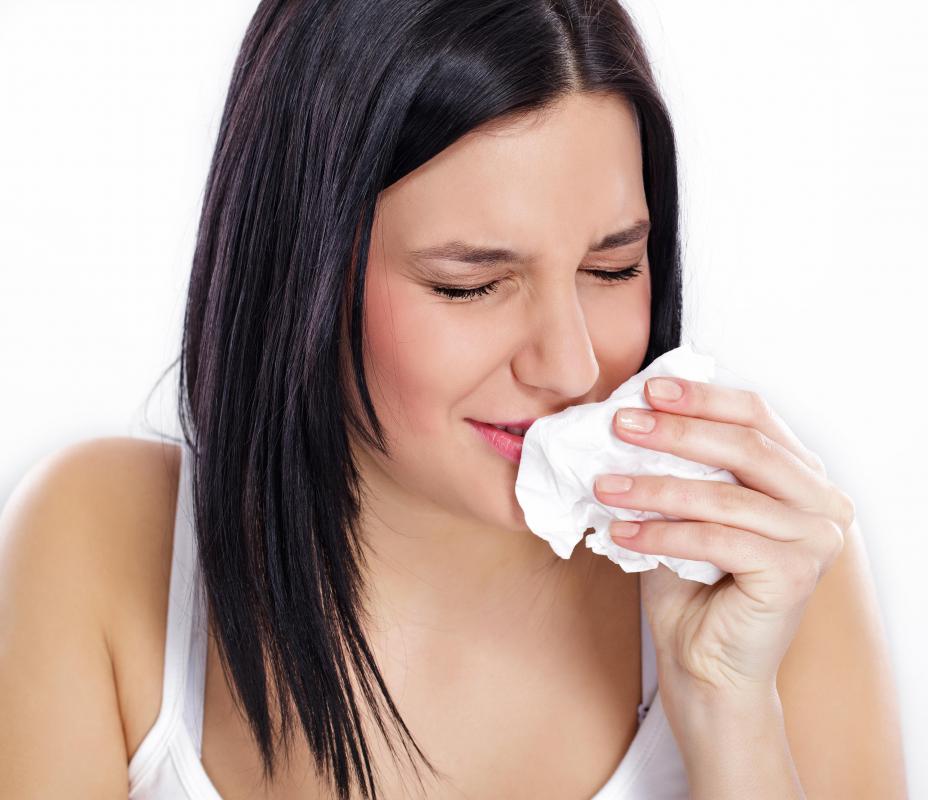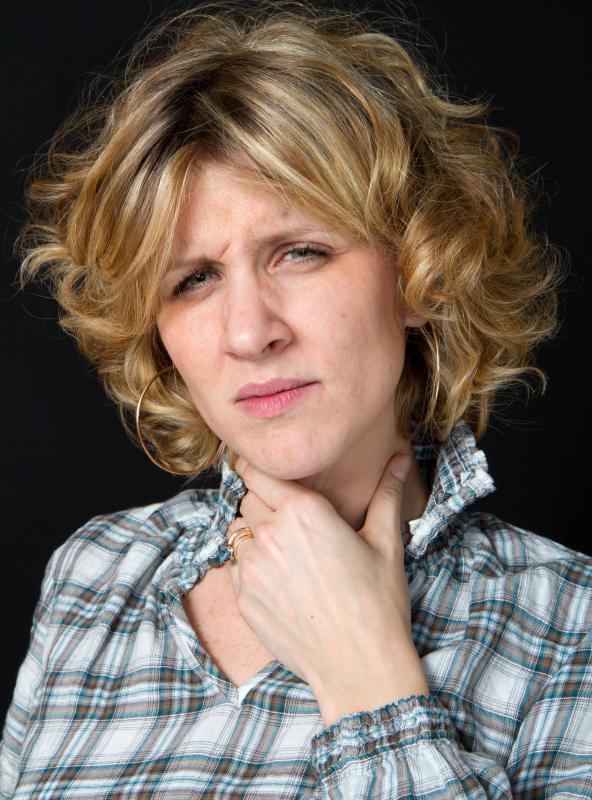At WiseGEEK, we're committed to delivering accurate, trustworthy information. Our expert-authored content is rigorously fact-checked and sourced from credible authorities. Discover how we uphold the highest standards in providing you with reliable knowledge.
What Are the Different Types of Mold Allergy Treatment?
A variety of mold allergy treatments are available to allergy sufferers. The best treatment for any allergy is avoiding the irritant, also known as an allergen, but mold is just about everywhere, so this is usually not feasible. For those who cannot avoid mold, several medications, including antihistamines, decongestants, and nasal sprays, may help. Other treatment options focus on changing the environment to minimize the allergen’s presence and impact.
Mold, a fungi, reproduces through spores, which are spread through the air by the wind. There are about 400,000 types of mold in the world, although only a few dozen are known to cause allergies. Mold season peaks from late July through late summer, but in warmer climates, allergies can persist year round. While pollen allergies usually cease with the first frost, mold is heartier and can survive short-term freezing temperatures.

Mold allergies are relatively common, especially in those who have family members suffering from the allergy. Some people are allergic to just one or two mold types, while others react to several types. Mold allergies can exist alongside a pollen allergy, or completely on its own.
Symptoms of a mold allergy are similar to other types of seasonal allergies. They may cause itching, runny nose, congestion, sneezing, and dry skin. If the mold reaches the lungs, asthma or other respiratory problems can occur. Although it is not possible to fully cure allergies, medicinal mold allergy treatment options focus on alleviating their symptoms.

Antihistamines and decongestants are two common types of mold allergy treatment. Antihistamines block histamine, the inflammatory chemical released during an allergic reaction. A drawback to some antihistamines is that older varieties of these drugs typically cause marked drowsiness. Newer antihistamines, however, work without causing drowsiness. Decongestants, which work by drying up the nasal passages to alleviate congestion and runny nose, can be used in conjunction with antihistamines or on their own, to improve symptoms.

Nasal sprays, including prescription corticosteroid sprays and over-the-counter decongestant sprays, work by clearing out the nasal passages and reducing inflammation via a more direct route. Nasal sprays can have a rebound effect, though, when they are used too often. They can actually cause the reaction they are designed to prevent, leading to persistent congestion in patients seeking to improve nasal flow, for instance.

Lifestyle remedies focus on reducing exposure to the allergen. By monitoring the published mold count and staying indoors when the count is high, sufferers can avoid excessive exposure to the mold. Sleeping with the windows closed or using an air conditioners with a high efficiency particulate air (HEPA) filter attached helps keep mold spores from entering the house. For those with severe allergies, more than one type of mold allergy treatment may be required.
AS FEATURED ON:
AS FEATURED ON:



















Discuss this Article
Post your comments